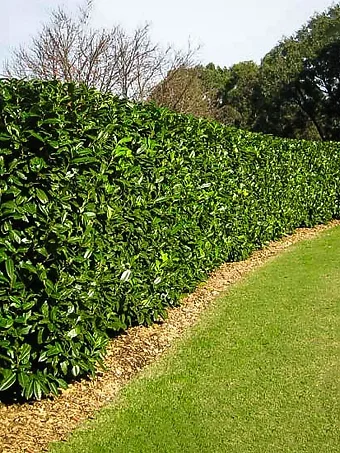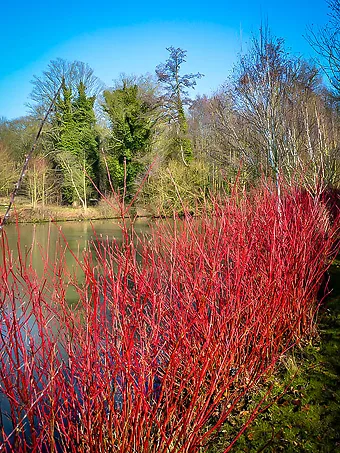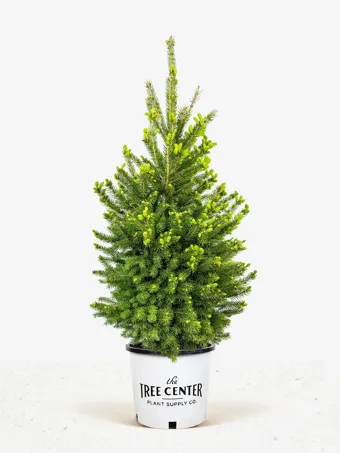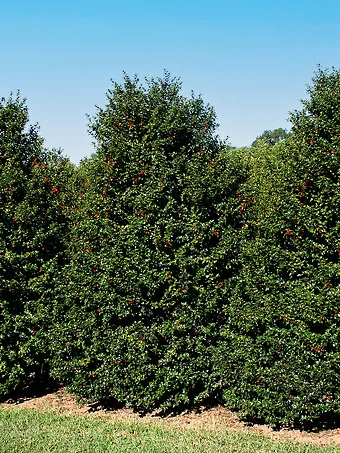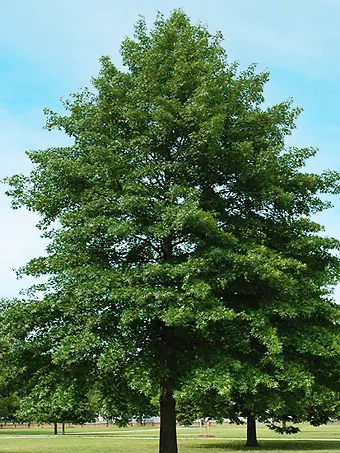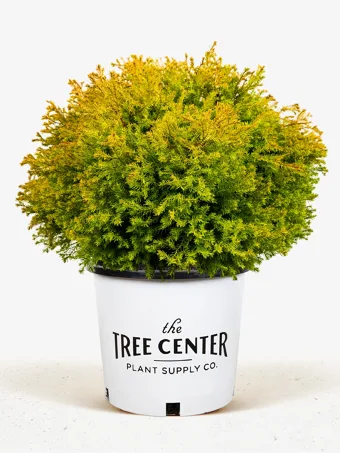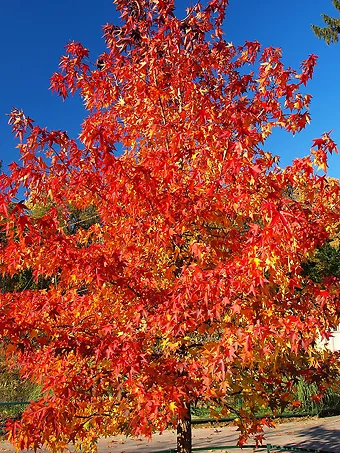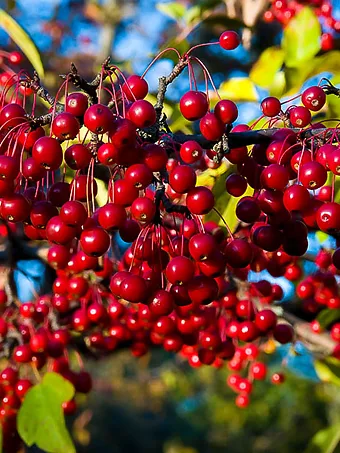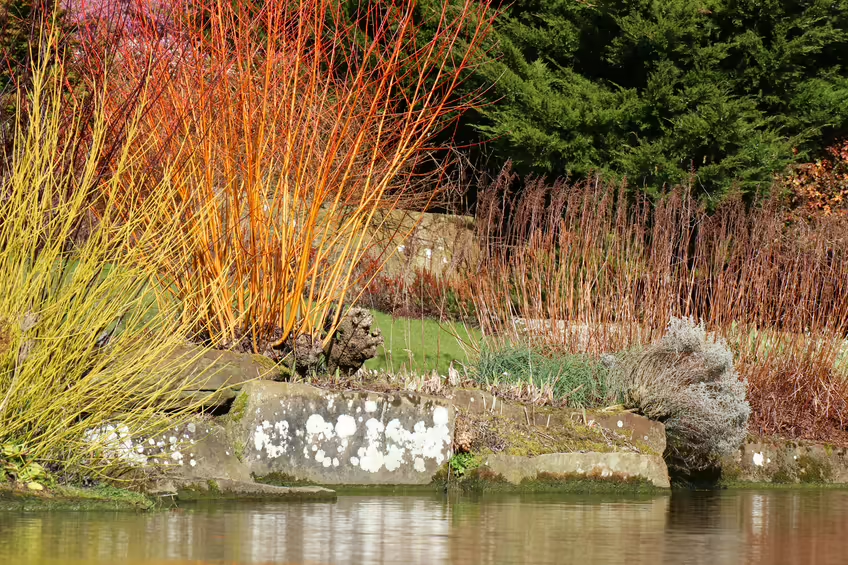
Written by s • Shrubs Beside Water (or in Wet Soil)
One of the most common instructions we find ourselves giving is to grow a certain plant in ‘well-drained soil’. That is fine, but what if you don’t have soil like that, perhaps because the spot you want to plant in is low-lying or beside water? Perhaps you have a stream in your garden (lucky you!) or a pond, and the surrounding soil is frequently wet or even flooded. Perhaps part of all of your garden is low-lying, and frequently holds water for long periods in winter, or after rain. What then? Well we have some suggestions, so let’s help you out with some plants that actually love wet or flooded soils, although most of them will also grow fine in ordinary garden soils that aren’t always dry. We have already blogged about larger trees for water, so this time we are going to focus on Shrubs and smaller plants that love the wet.
Some Shrubs for Wet Conditions
One of the most popular of garden shrubs are the dogwoods – not the magnificent flowering trees, but the bushy deciduous shrubs you might already know, which have red or yellow winter twigs. We see them growing in ordinary gardens, and many people are surprised to learn that they also love wet ground and the edges of streams. In a smaller garden you don’t want to plant a weeping willow (you really don’t!) but these dogwoods are just perfect. Usually no more than 6 feet tall, so hard-pruning every two or three years, in spring, can keep them extra-bushy and not much more than 3 feet tall. They will grow in wet ground and even in an inch or two of water, and soon turn ‘muddy’ into ‘marvelous’.
Dogwoods: Although almost identical, there are two different shrubby dogwoods. One is native to North America, and that is Cornus sericea, perhaps better known to older gardeners as Cornus stolonifera. It is a major part of our wetland ecology, and the one to look for when you want to stick to native plants. It is also a bit more cold-resistant than the very similar Cornus alba, which comes from Siberia. Both come in a similar range of twig colors – different shades of bright reds, and also golden yellows. These colors look great mixed together, so look for the Yellow Twig Dogwood (Cornus sericea ‘Flaviramea’), whose yellow twigs look even better with red ones planted in between or directly behind them. Now these bushes usually have plain-green leaves, often turning red in fall, but for color in summer there are some with lovely white edges on the leaves. The best is probably the Ivory Halo Dogwood – more vigorous and compact than other kinds, and with brighter red twigs.
These plants are usually best in cooler zones, but warm-zone gardeners don’t miss out – they have the Cayenne Silky Dogwood, (Cornus amomum ‘Cayenne’) which is a form of a Chinese shrub, and way the best choice for zones 6 to 8. To see more choices for these terrific winter shrubs, see our full selection on our Dogwoods page, and go to town.
Winterberry: You wouldn’t think of holly when you thought of water, but the winterberry, although a holly, doesn’t look like our usual idea of one. It’s a deciduous shrub festooned with bright red berries through fall and much of the winter, and it adores wetter ground, such as you find beside ponds and streams. For a great compact choice, check out the ‘Red Sprite’ Winterberry (Ilex verticillata ‘Red Sprite’), but we have others, like ‘Winter’ Red, that are also terrific. Some people become disappointed because they don’t get berries. The usual reason is a failure to include a male tree in your planting – holly bushes have separate male and female trees. Choose from ‘Southern Gentleman’ or ‘Jim Dandy’ – some female bushes have preferences for one or the other, so read the descriptions carefully. By the way, winterberry is a native shrub, so perfect for natural gardening and avoiding alien plants.
Itea: Always admired when seen, but not widely known, this is another of our neglected native plants that really deserves higher exposure. That can include exposure to wet ground, because this is a plant that loves water. The best choice is Itea virginica ‘Henry’s Garnet’, a selected form that loves wet and also takes some shade (unlike dogwoods). It’s a true multi-season shrub, with great fall colors of reds and oranges that carry well into winter before dropping. From late spring into much of the summer it has lovely hanging cones of fragrant white flowers that attract pollinators. A great medium-sized shrub, if you have wet (or ordinary) soil, you really should check it out.
Summersweet: You won’t find these on our site at the time I am writing, but perhaps by the time you read this they will be. This is another native plant (is there a theme developing here?) that loves wet – although it will grow in ordinary conditions too. It’s a sign of the times to see our native shrubs stepping out of the shadow of international species that have dominated the nursery industry for a very long time.
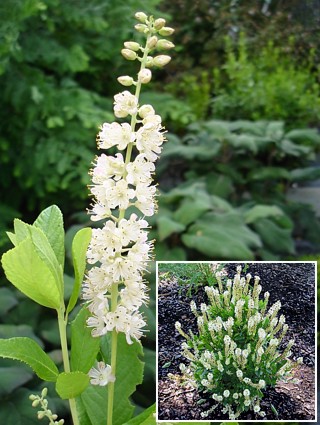
Part of the problem is that there had been 100 years of selection and development to give us the neat, more compact shrubs, with outstanding blooms, we take for granted with older garden plants. Native shrubs hadn’t been through that, so they are often too big, too gangly and floppy, and don’t make good garden plants. The variety of summersweet called ‘Hummingbird’ is a perfect example of what was needed. It’s a smaller, more compact plant that was found growing in a ditch near Hummingbird Lake in Georgia. It’s exactly the place you mind find summersweet, because it loves swamps and lake shores, as well as coastal areas. Also known as pepper bush, Clethra alternifolia can be found growing anywhere from Maine to Florida and inland to Texas. This plant has a great future because it has it all. Hardy from zone 3 to zone 9; grows in most soils as long as they aren’t dry; best of all for gardeners it will take some shade as well as full sun – the versatility we need for widespread garden use.
The ‘Hummingbird’ Summersweet is a compact bush no more than 4 feet high, forming a broad, dense clump of stems covered in rich-green leaves and bright yellow fall colors. From mid-summer, for several weeks, it is covered in white spikes of scented flowers – many say they smell of licorice – and they attract hoards of pollinators, including hummingbirds. Other varieties to look out for include ‘Sixteen Candles’, an even more compact variety, but with extra-large, upright flower spikes. For more color, look for ‘Pink Spires’ and ‘Ruby Spice’, varieties that describe their color in their names. We predict a big future for summersweet once it becomes more widely known – and it’s a terrific choice for those wet areas that got us started on this blog.
Note: If you follow some of the links to these plants on our site, you will see that some are ‘out of stock’. Sorry about that – but don’t worry. Click on the ‘notify me’ button, enter your email and we promise you will be the first to know when they are back in stock again.
